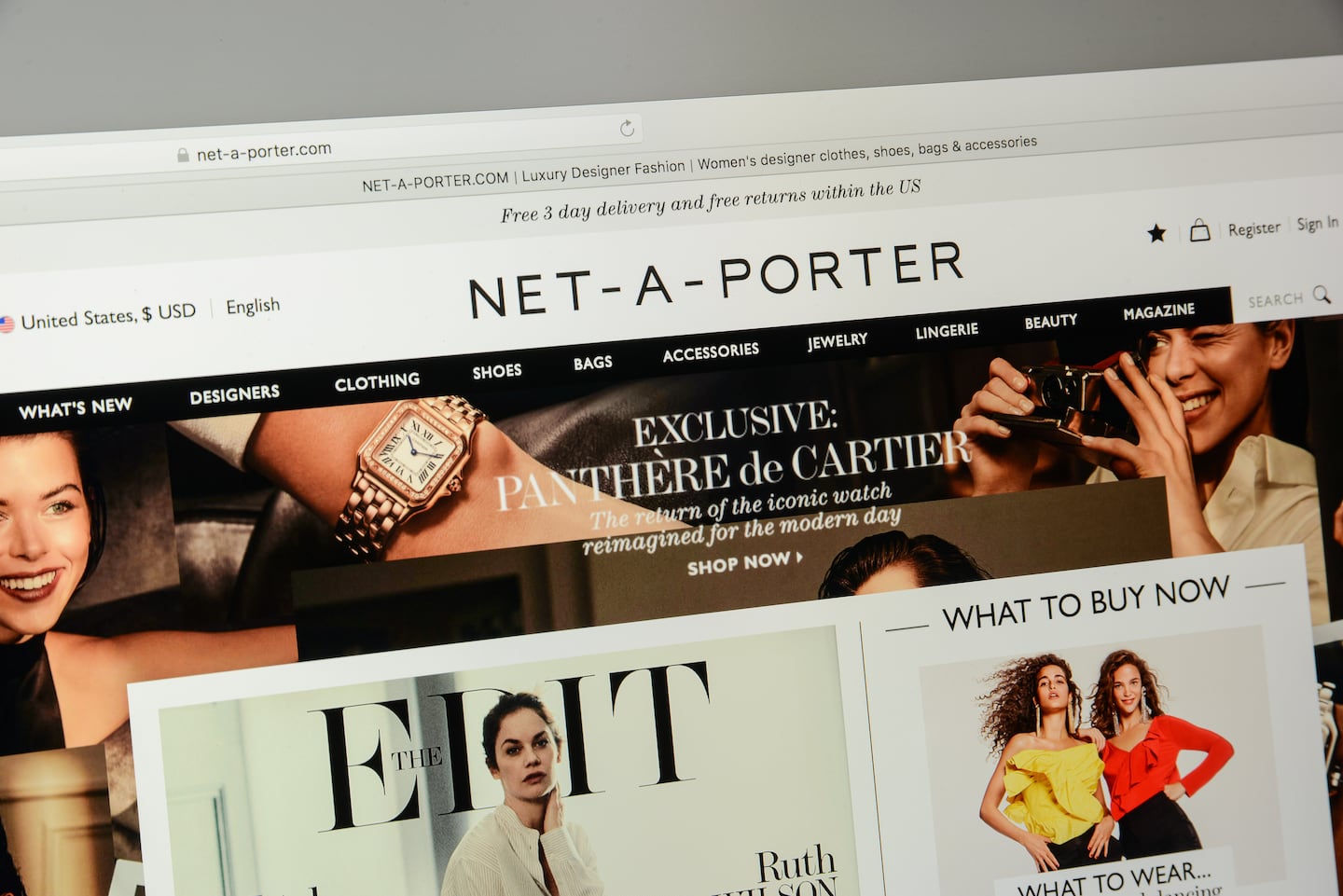
The Business of Fashion
Agenda-setting intelligence, analysis and advice for the global fashion community.

Agenda-setting intelligence, analysis and advice for the global fashion community.

Luxury e-commerce site Net-a-Porter, part of the Richemont-owned YNAP Group, has brokered an unconventional deal with Prada S.p.A. that signals major change in the way multi-brand retailers may operate in the future.
Prada, like many luxury brands, has spent the last few years shifting its distribution strategy to drive a majority of sales via direct-to-consumer channels, a model that offers higher margins and more control than traditional wholesale. Today, 90 percent of its sales are direct.
At first, the group restricted what regions of the world its e-commerce partners could sell products from Prada and sister label Miu Miu. Now, in order to keep Prada and Miu Miu on its site, Net-a-Porter will sell their goods via a drop-ship model, according to sources. This means that Prada owns and controls the inventory. Typically, Net-a-Porter buys and holds inventory, marking it up by a factor of 2.2 to 2.5 to generate a profit. Now, Net-a-Porter will simply earn a commission on any Prada or Miu Miu items sold through the site, though further details on the agreement could not be learned. (Typically, retailers receive a commission between 20 and 30 percent for such arrangements, although in-demand brands have the upperhand on negotiations.)
A spokesperson for Prada declined to comment. YNAP did not respond to a request for comment.
ADVERTISEMENT
This approach could be replicated with other brands in a strategy shift being overseen by Net-a-Porter’s new chief executive Geoffroy Lefebvre, a longtime Richemont employee who most recently led digital distribution at the group before succeeding Federico Marchetti in January 2021.
The model reflects not only shifting sales strategies at luxury brands, but also the success of competitor Farfetch, which incorporated “e-concession” — or brand-run shop-in-shops — into its marketplace in order to bring major names, including Gucci and Moncler, onto the platform. (In Farfetch’s first iteration, brands were only sold through third-party retailers, not directly by the label.)
Other multi-brand retailers have recently announced intentions to back away from wholesale as well. American department store Nordstorm, which has experimented with concessions and drop shipping for years, said that it was aiming to reduce its dependence on wholesale to 50 percent, down from 85 percent.
Wholesale will still exist, but it’s evolving quickly.
The benefits of these new types of arrangements are clear. Not only does the flexibility make luxury brands happy, but there is far less financial risk for the retailer. No longer do they have to invest upfront in inventory that they are not sure they will be able to sell at full price — if at all.
“The risk of carrying inventory and markdowns is so great,” said Robert Burke, a retail advisor. “This gives certain flexibility to the retailer but also offers more control for the brand … Wholesale will still exist, but it’s evolving quickly.”
The marketplace model requires significant scale to succeed, however. Because the margins are far lower — instead of making 50 percent profit, it’s often only 20 to 30 percent — a store needs to sell far more product in order to generate the same revenue. The costs of logistics and shipping may also rise.
Farfetch and other marketplaces have baked this into their models from the start. For traditional retailers, however, reverse engineering their approach may be trickier.
“In the end, it may be worth the trade off,” Burke said. However, to make this new hybrid model work, retailers will need to balance broadening their offering with maintaining a strong point of view, something many have struggled with in recent years while prioritising growth.
ADVERTISEMENT
“Part of the risk here is that more or bigger is not necessarily better,” he added. “The whole purpose of a specialty store or department store is to have a point of view. Without that, what’s the reason for being?”
Related Articles:
DTC vs Wholesale: Striking the Right Balance
Are Online Marketplaces the New Department Stores?
Why Is Everyone Betting on Farfetch?
The British musician will collaborate with the Swiss brand on a collection of training apparel, and will serve as the face of their first collection to be released in August.
Designer brands including Gucci and Anya Hindmarch have been left millions of pounds out of pocket and some customers will not get refunds after the online fashion site collapsed owing more than £210m last month.
Antitrust enforcers said Tapestry’s acquisition of Capri would raise prices on handbags and accessories in the affordable luxury sector, harming consumers.
As a push to maximise sales of its popular Samba model starts to weigh on its desirability, the German sportswear giant is betting on other retro sneaker styles to tap surging demand for the 1980s ‘Terrace’ look. But fashion cycles come and go, cautions Andrea Felsted.